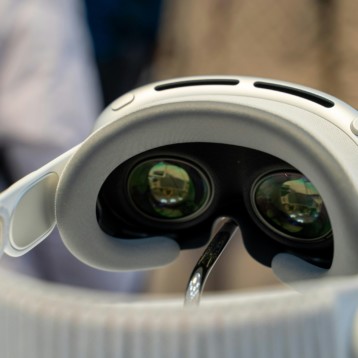The Foiljet MR1 was invented mainly for recreational and sports purposes, but it can be used for water transportation as well. According to its developers, the new vehicle gives its user an enjoyable water experience while maintaining the environment underneath almost intact (unlike most jet skis, which tend to cause havoc for all underwater fauna and flora). The reason for this “green” effect is that the amount of water scrambled below is smaller.
The new vehicle can be categorized as a hydrofoil, which is basically a boat with wing-like foils. Since the foils are mounted on struts below the hull, every increase in speed results in lift, making the boat foil borne – meaning the hull is raised up and out of the water. In order to go foil borne, the driver is simply required to lower the foil beams and accelerate. To cope with shallow waters, its inventors equipped the vehicle with a depth meter; in addition, with the flick of a switch the vehicle can raise or lower its foil beams according to the water’s depth.
Another feature the Foiljet offers is a retractable 15-foot cord (so skies can be attached) with an emergency shut off, eliminating the risk of electric shock. Moreover, its manufacturer reports a relatively silent operation. Relativelybeing the key word here, since though it’s quieter than most jet skis, it still makes an unpleasant sound.
According to its maker, Debelle Industrial design, the Foiljset MR1 is powered by a high torque 48-volt electric motor which is more efficient than other motors. Furthermore, it is claimed that due to the unique battery technology used its drivers could enjoy exhilarating thrills with no costs to the environment.
TFOT has also covered the Hyper-Sub, a vessel capable of cruising at speeds of 45 mph on the surface with as as diving at submarine depth, and the Proteus Catamaran, which does not push, slap, or pierce the waves like most boats, but rather utilizes flexibility to adapt its structure and shape to the water surface. Other related TFOT stories include the Thermal Glider, an autonomous underwater vehicle powered by “green” energy, and the Triton 1000 Personal Sub, a 2-person, lightweight submarine that fits on most mid-level boat decks.










